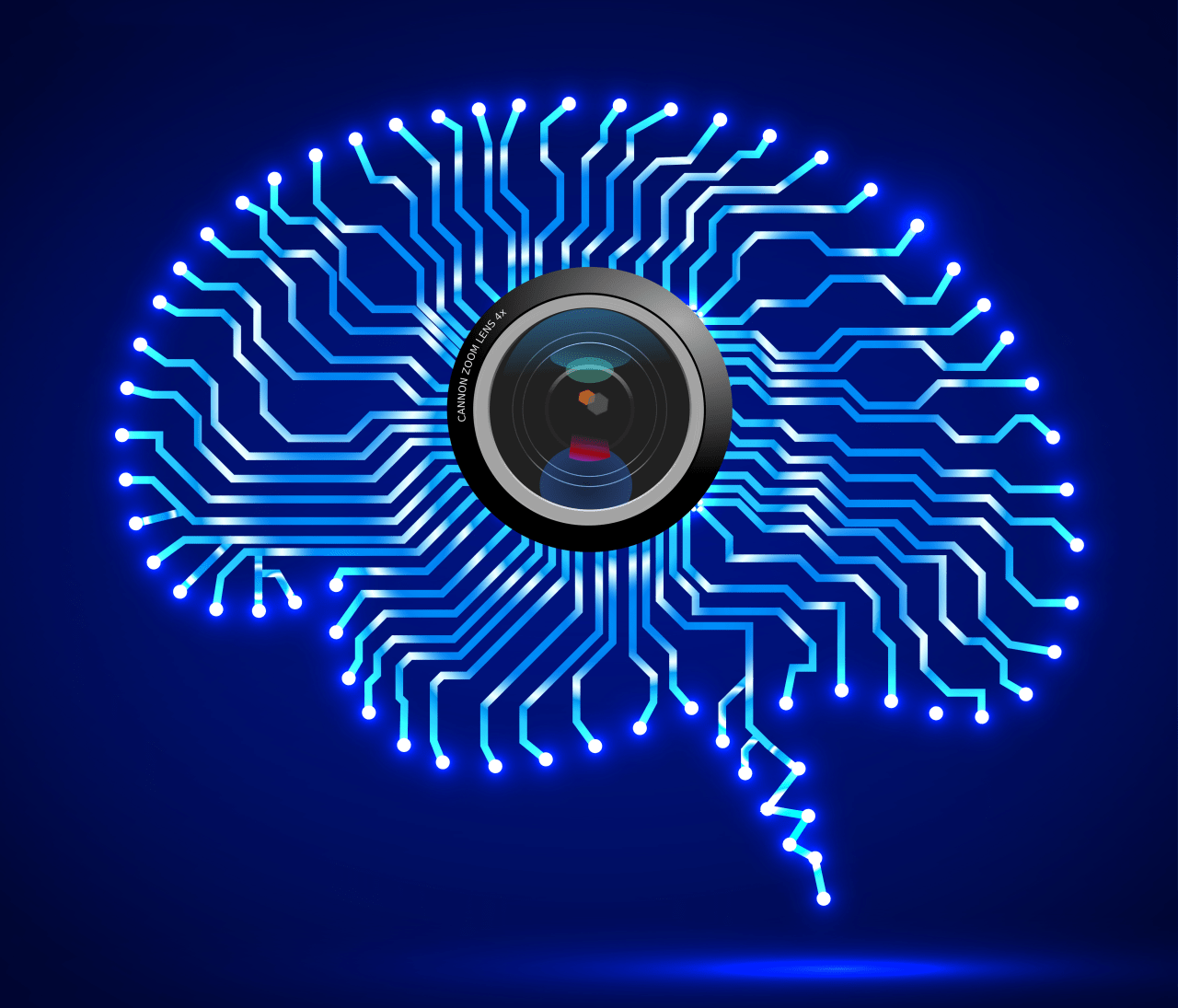The landscape of surveillance has dramatically shifted from mere evidence collection to proactive intervention. With an estimated 30 million surveillance cameras in the U.S. alone, only a mere 5 percent are monitored by humans, raising concerns about their efficacy. Most cameras serve as passive recorders, capturing incidents only for retrospective analysis. But what if the technology could be reimagined to create an intelligent security ecosystem? Welcome to the new paradigm where neural networks are breathing life into surveillance systems, turning them from passive observers into active guardians.
The Case for Real-Time Surveillance
Today’s security cameras might not be delivering on their promise; offering little in terms of immediate response. With more than four billion hours of footage generated each week, it’s evident that the traditional approach is not sustainable. Instead of employing an army of security personnel, advancements in neural networks offer a fascinating alternate route—creating cameras that can analyze and react instantaneously.
- Proactive Monitoring – Imagine a scenario where surveillance systems can identify suspicious behaviors in real-time: detecting aggressive postures at banks or spotting unusual movements in crowded areas.
- Advanced Detection Systems – With deep neural networks, these smart cameras can discern not only the presence of individuals but also interpret complex actions and behaviors.
- Behavioral Analysis – Systems capable of assessing body language can alert security personnel before incidents escalate, turning a reactive approach into a proactive one.
Smart Cameras: A Step Forward in Crime Prevention
The prospect of smart cameras is not just theoretical; they are beginning to be integrated into our daily lives. With innovations such as facial recognition technology, authorized personnel can be quickly distinguished from potential threats. This ensures not only faster response times but also enhances overall safety.
For instance, imagine a bank equipped with intelligent camera systems that can trigger silent alarms automatically upon recognizing aggressive behaviors. Such capabilities could redefine the way we perceive security in public spaces, shifting the paradigm from surveillance to protective oversight.
Addressing Privacy Concerns
While the advantages of enhanced surveillance seem promising, they also bring forth significant concerns regarding privacy and ethical considerations. We are at a social crossroads where the consensus leans towards accepting cameras in public locations like airports and schools, but it’s imperative that we tread carefully.
- Transparency is Key – Public awareness about how data is collected and used can mitigate concerns. The dialogue around surveillance must be open and proactive.
- Data Protection Guidelines – Establishing rules and regulations for data usage can help ensure that while we enhance safety, we do not compromise individual rights.
The Future of Surveillance Technology
Cloud computing has allowed for a new generation of smart cameras, yet the next step is deploying intelligence directly at the sensor level. This innovation reduces data transfer needs and simplifies the deployment process in bandwidth-constrained areas. As these advancements materialize, our security systems will grow increasingly capable, able to adapt and learn over time.
At fxis.ai, we believe that such advancements are crucial for the future of AI, as they enable more comprehensive and effective solutions. Our team is continually exploring new methodologies to push the envelope in artificial intelligence, ensuring that our clients benefit from the latest technological innovations.
Conclusion: A New Dawn for Surveillance
The integration of neural networks and intelligent systems within surveillance technology marks a significant evolution in how we ensure safety. Rather than merely being tools of post-incident analysis, future cameras promise a proactive approach to crime prevention and emergency response. A world where surveillance systems are capable of recognizing and reacting to threats represents not just a technological leap, but a cultural shift towards prioritizing safety and efficiency in our public spaces.
For more insights, updates, or to collaborate on AI development projects, stay connected with fxis.ai.

